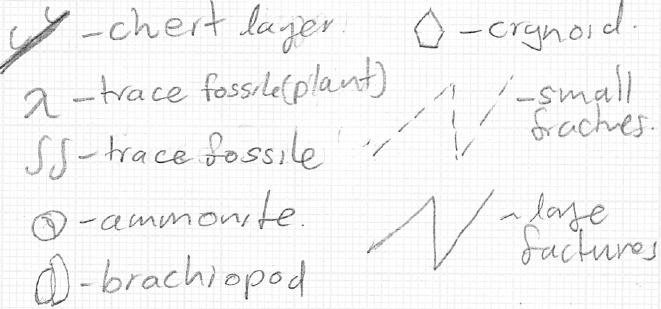Warning!
Disclaimer: Information is provided as an example of field geology data and it is NOT intended to use as a reference material. Please use the materials at your own discretion.
Location: 11 U 0627438 E / 5658531 N (UTM-WGS-84 with ~4m accuracy)
Total thickness: 205.57 m
Average strike and dip: about ~ 150/50 (using the University of Calgary right-hand rule)
Notice: Data is based on unverified observations taken at the site by GLGL 337 field school(GLGY 337 B06 – Fall 2012) on 26 and 27th Aug, 2012. The data may not be accurate and information provided on this page must be used with caution. Data is copyrighted to Sanuja, Megan Slizer and other members at the University of Calgary.
Legend
Table: Stratigraphic cross section
| Unit | Image/Diagram | Observations | |
| 1 4.75 m |
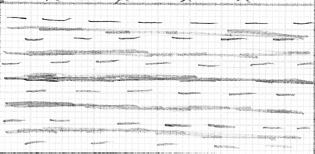 |
S/D: 160/35NW -laminated mud-stone OLDEST unit |
|
| 2 1.5 m |
 |
S/D: 165/38NW -brecciated lime-mud-stone -massive |
|
| 3 1.1 m |
 |
S/D: 165/42NW -fined grain -lime mud-stone -massive |
|
| 4 0.75 m |
 |
S/D: 150/38NW -brecciated and pebble mud-stone |
|
| 5 3.25 m |
 |
S/D: 151/39NW -laminated layers clearly visible on broken samples -some shiny grains -sandy and darker grey -lime mud-stone |
|
| 6 1.75 m |
 |
S/D: 150/50NW -blocky -light-grey weathering -more vegetation than the unit 5 |
|
| 7 3.0 m |
 |
S/D: 150/48NW -blocky and layered -brownish-black grains -red AND white weathering |
|
| 8 12.19 m |
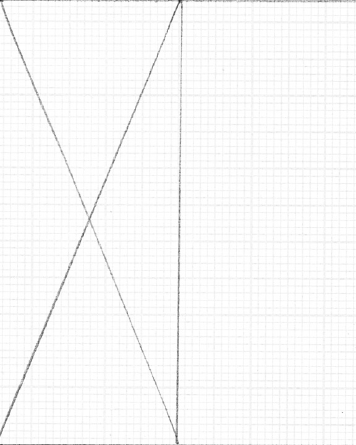 |
First recessive section S=30.50 m, B=2, A=124, D=40, bearing=296 | |
| 9 6 m |
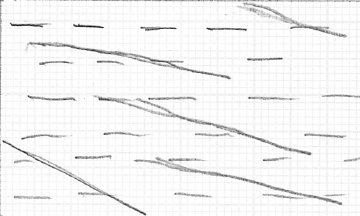 |
S/D: 153/32 -bedding and jointing lines -massive |
|
| 10 3 m |
 |
S/D: 153/32 -wackstone(changed from previous units of lime mudstone) -about 3 m think beds -calcite area has some fossils |
|
| 11 11.51 m |
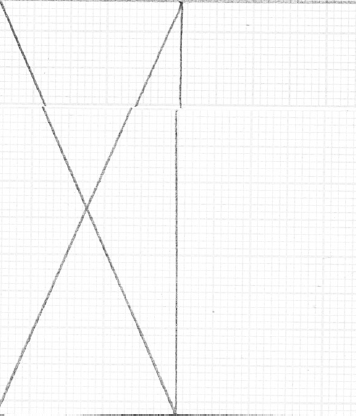 |
Second recessive section | |
| 12 12 m |
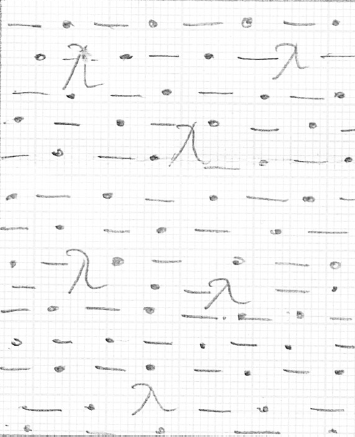 |
S/D: 152/34NW -slitstone due to grain size -when hammered the rock chips off like shale -plant trace fossils -blocky and fizzes when HCL is added -bedding planes are visible with jointing and fractures -highly weathered compared to unit 10 |
|
| 13 1.2 m |
 |
S/D: 153/40NW -trace fossils -platy and fissile |
|
| 14 1.5 m |
 |
S/D: 153/40 -grass vegetation on most surfaces -an erosional or rock/mud slide may have been occurred(some recessive areas) |
|
| 15 3.2 m |
 |
S/D: 150/40 -shale in blocky pieces -large volume of mudstone(slilt?) -softer shale -most likely siltstone (changed in depositional environment) |
|
| 16 7.5 m |
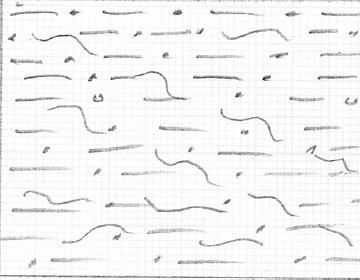 |
S/D: 150/42 -interbeded with shale(evident by the patterns of weathering/colour) -composition of layers in this unit sightly changes from NE to West (right to left) -some large blocks of rocks appeared for the first time(compared to the previous lower numbered units) -thickness of the beds has increased to about 30 m |
|
| 17 5.63 m |
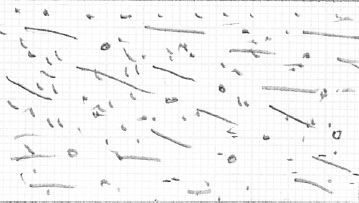 |
S/D: 148/42 -interbedding between siltstone and sandstone -thinner interbeds than the units above -two distinct weathering patterns (based on colour) -small bits of shale |
|
| 18 7.5 m |
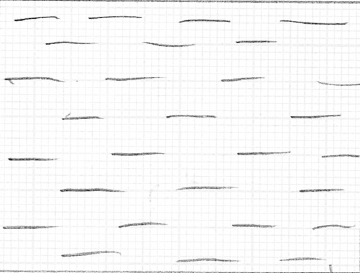 |
S/D: 147/41 -largely covered with grass and vegetation –any other data??? |
|
| 19 6 m |
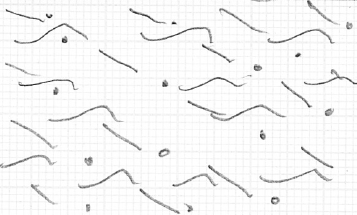 |
S/D: 147/42 -a lot of shale; not much silt -interbeded with thin layers of siltstone -the middle parts of the bed is covered with vegetation(may have been due to an erosional and/or land/rock/mud slide events) |
|
| 20 9.75 m |
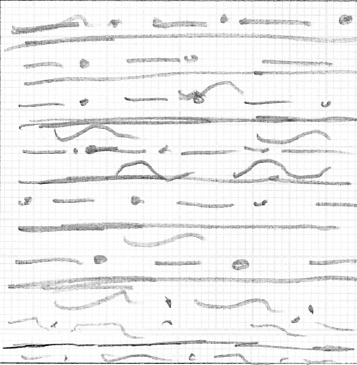 |
S/D: 150/40 -blocky and massive -shale with yellowish weathering colour -about 30% lamination on slit layers |
|
| 21 7.5 m |
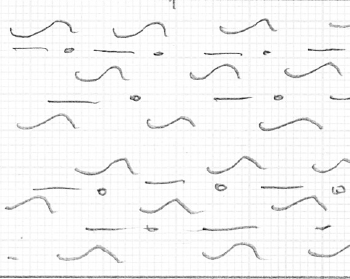 |
S/D: 150/40 -more shale than siltstone in overall composition -yellowish weathering at the top section of the unit |
|
| 22 8.20 m |
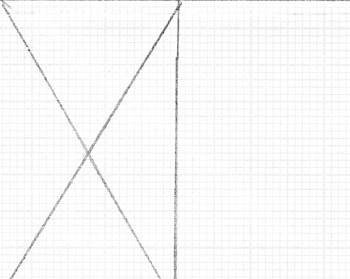 |
Second recessive section | |
| 23 4 m |
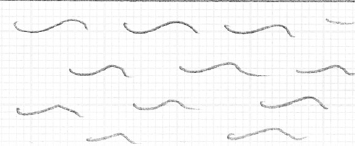 |
S/D: 145/40 -mostly shale with heavily weathered surfaces -flakey |
|
| 24 6.3 m |
 |
S/D: 160/40 -most parts are covered with vegetation(may be due to erosional and/or mud/rock slide events) -more siltstone |
|
| 25 8.47 m |
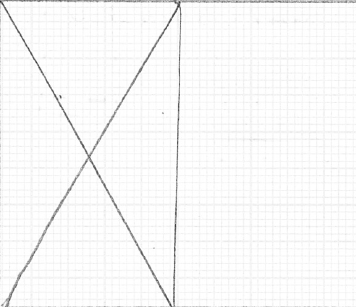 |
Third recessive section | |
| 26 15.56 m |
 |
Pylons recessive section | |
| 27 5.51 m |
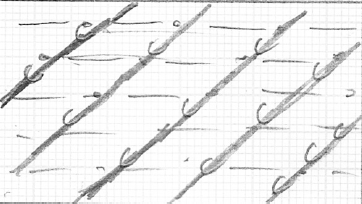 |
S/D: 158/45 -trace fossils in the clay-rich areas -platy clay-reach slitstone -dark grey layers forming bands in about 5% of the unit(chert layers-did not reacted with HCL and chert nodules also found) |
|
| 28 4.7 m |
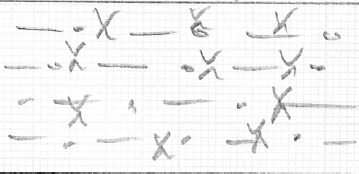 |
S/D: 155/42 -layered and platy -chert layer has disappeared(compared to unit 27) -calcite has recrystallized on the surface -distinct weathering patterns |
|
| 29 10.5 m |
 |
S/D: 155/40 -siltstone -fracture patterns has changed compared to the units above(less random; more uniform fractures) -medium bed thickness with some lamination -fractures are mostly thin straight lines -less black minerals than unit 27 and 28 |
|
| 30 14.75 m |
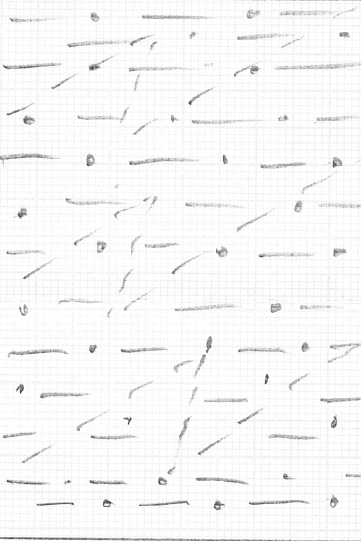 |
S/D: 160/41 -thin curved fractures -when hammered, the rock breaks into smaller, thinner and platy pieces -reacted with HCL(fizzes) -carbonate rock and most likely siltstone -rounded corners can be seen on grains -rusting was observed for the first time(red-yellow weathering colour) -presence of pyrite and metalic minerals may be the cause of these “rust” weathering patterns -stiltstone |
|
| 31 13 m |
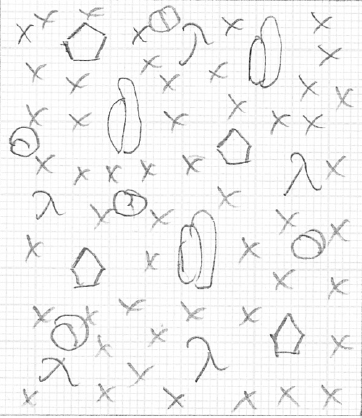 |
S/D: 160/40 -trace fossils(shiolthes/p?) -cryonide/brachiopod body fossils -ammonites and gastropods -cross cutting planes; softer beds -fizzes when HCL was introduced -yellowish weathering -wackstone(large % of grains) -calcium carbonates with body fossils -gradual contact between cross cuttings(grey bandings) |
|
| 32 4 m |
 |
S/D: 160/40 -calcareous limestone(but almost a boundstone) -easily broken; platy and thin; aka not blocky -in situ growth of fossils; brachiopods(not fossils transported from the original deposition) -calcite nodules YOUNGEST unit |


